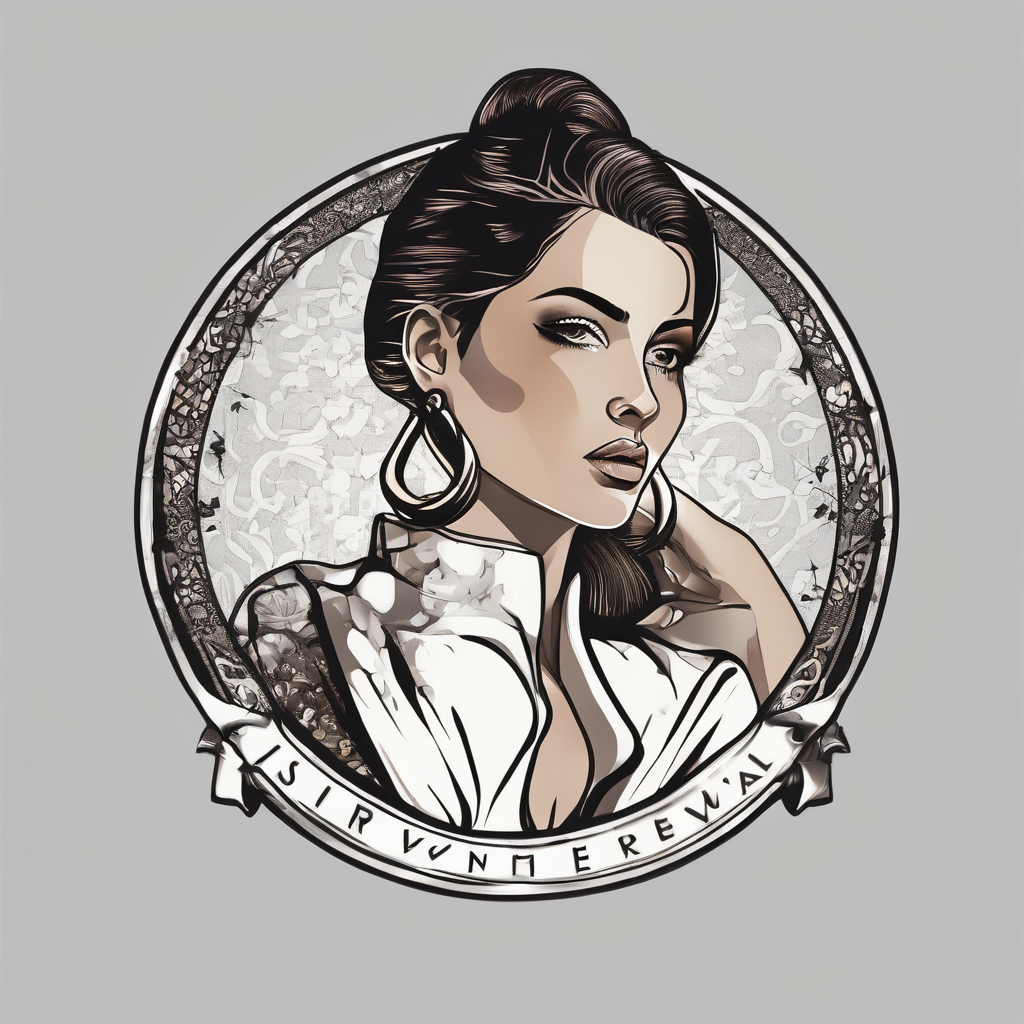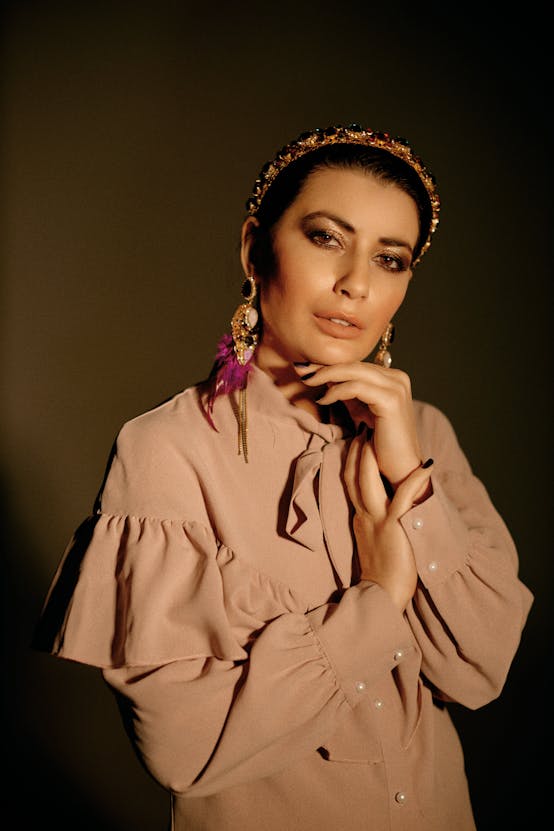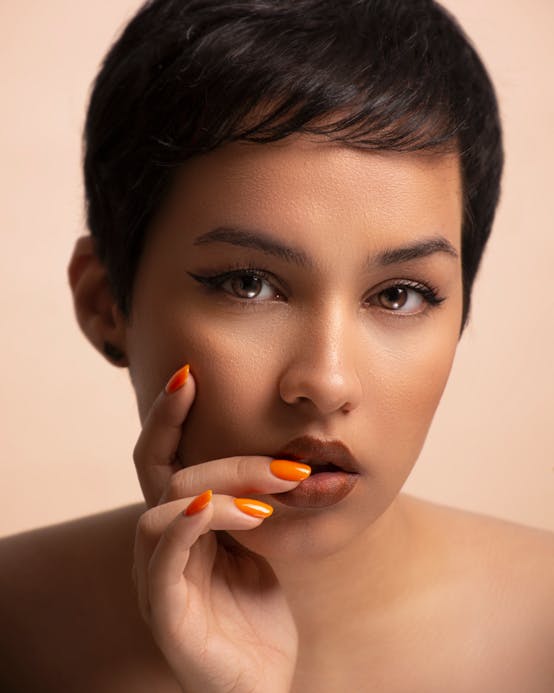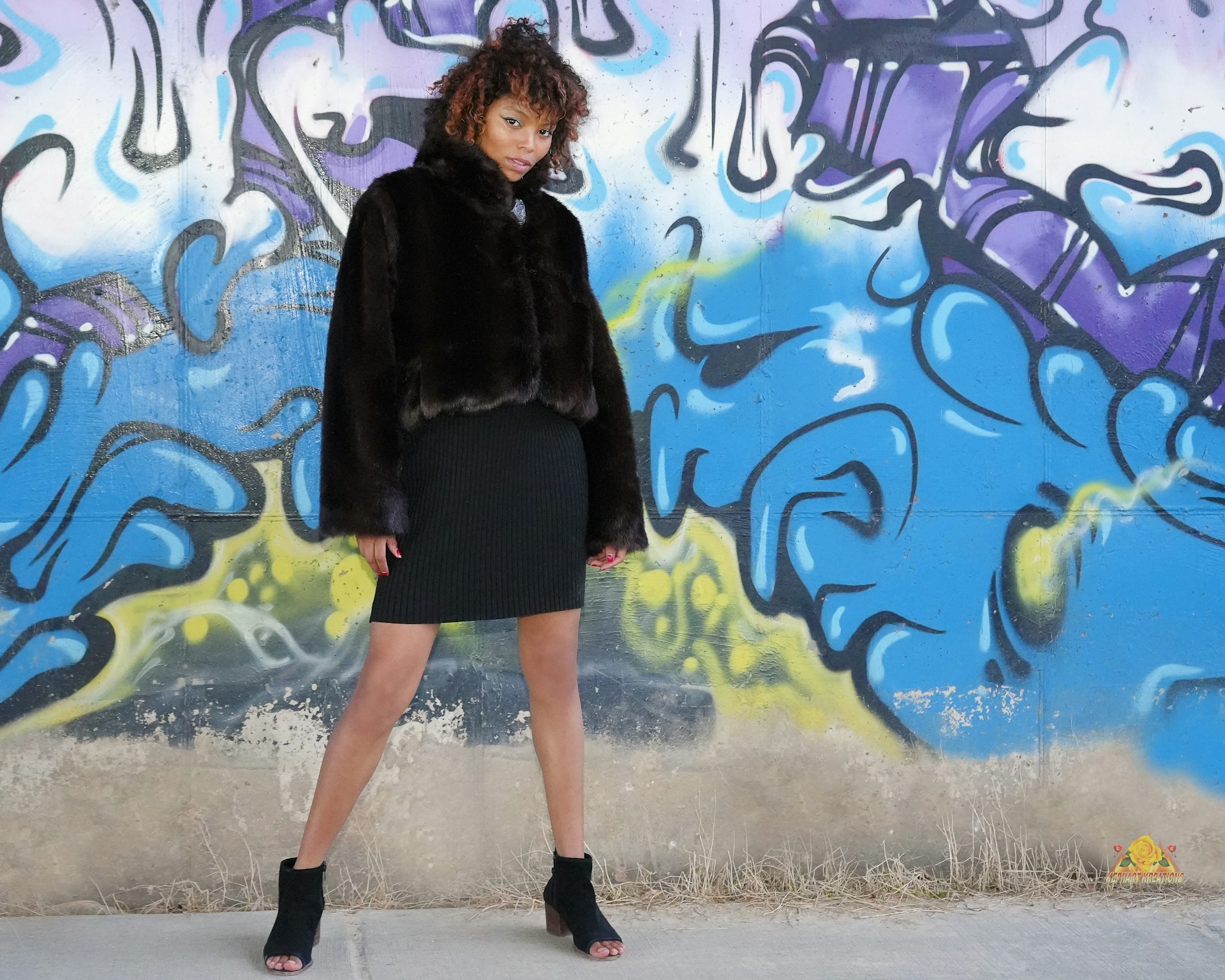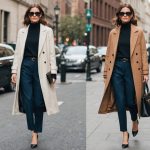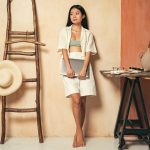Blending British vintage treasures with contemporary fashion is an art that brings history to life. Discover how to infuse your wardrobe with timeless pieces that tell a story while still feeling fresh and modern. This guide will explore unexpected combinations, styling tips, and key considerations for achieving a harmonious look. Embrace your unique style and elevate your fashion game by mastering the balance of old and new, creating a wardrobe that is both personal and eclectic.
Understanding British Vintage Fashion
British vintage fashion is a fascinating journey through time, showcasing the evolution of clothing and styles that have shaped contemporary wardrobes. It encompasses various key eras, each with its distinct flair and influence.
Have you seen this : Mastering Striped Pants: A Confident Style Guide for the UK Business Scene
The 1920s marked a significant shift with the introduction of flapper dresses, reflecting a newfound freedom and rebellion against traditional norms. Moving into the 1940s, wartime austerity led to practical yet stylish garments, characterised by sharp tailoring and utility wear. The 1960s brought a burst of colour and creativity, with mod styles and psychedelic prints defining the era.
Vintage clothing history is not just about aesthetics; it tells stories of societal changes and cultural movements. Each piece of vintage clothing carries with it a narrative of the past, making it a valuable cultural artefact. In today’s fashion landscape, vintage fashion holds a significant place, influencing designers and fashion enthusiasts alike. It offers a sustainable alternative to fast fashion, promoting recycling and reusing garments.
Also to read : Mastering the Art of Outfit Coordination: Stylish Blouse and Skirt Pairings for Your London Gallery Opening
By understanding British vintage fashion, one can appreciate the rich tapestry of history and innovation that continues to inspire modern trends. Embracing vintage styles allows individuals to express their unique personalities while paying homage to the past.
The Appeal of Blending Vintage with Modern Styles
The allure of blending styles lies in the unique fashion fusion it creates, combining the best of both worlds. Fashion fusion is increasingly popular because it allows individuals to stand out by creating distinctive looks that reflect personal taste and history.
Incorporating vintage pieces into modern wardrobes offers numerous benefits. Firstly, it promotes sustainability by recycling and reusing garments, reducing the need for new production. Secondly, vintage-modern combinations provide a rich tapestry of textures, patterns, and colours that can elevate any outfit.
Examples of successful style fusions include pairing a vintage leather jacket with contemporary denim or combining a 1960s psychedelic print blouse with modern tailored trousers. These combinations not only showcase creativity but also pay homage to the past while remaining relevant in today’s fashion landscape.
Vintage-modern combinations are more than just a trend; they offer a way to express individuality and creativity. By blending styles, fashion enthusiasts can create unique looks that are both timeless and innovative. This approach to fashion encourages experimentation and personal expression, making it a captivating choice for those looking to make a statement.
Essential Tips for Mixing Vintage and Contemporary Fashion
Merging vintage and contemporary styles can be an exciting way to refresh your wardrobe. Here are some essential fashion tips to guide you in this creative journey.
Begin by selecting complementary pieces. When mixing vintage with modern, choose items that share a common theme or colour. For instance, a vintage blouse with a similar hue as your modern skirt can create a cohesive look. Pay attention to colour palettes; neutral tones often work well as a base, allowing bolder patterns to stand out without clashing.
When considering patterns, it’s crucial to strike a balance. Pair a bold vintage print with a simpler modern piece to avoid overwhelming your outfit. This approach ensures that each element shines without competing for attention.
Balancing silhouettes is another key aspect. If you opt for a voluminous vintage skirt, pair it with a sleek, fitted contemporary top. This creates a harmonious blend of old and new, maintaining a flattering silhouette.
By following these styling advice tips, you can master the art of wardrobe mixing, creating unique ensembles that celebrate both past and present fashion trends.
Key Vintage Pieces to Look For
Building a vintage wardrobe involves curating a collection of must-have vintage items that stand the test of time. These iconic pieces are not only stylish but also versatile, allowing for endless outfit combinations.
Identifying classic British vintage wardrobe essentials starts with understanding the hallmark features of iconic eras. Look for a well-tailored tweed jacket from the 1940s, known for its durability and timeless appeal. A 1960s mod dress is another essential, offering a pop of colour and a playful silhouette. When it comes to accessories, a vintage leather handbag is a must-have, adding sophistication and a touch of history to any ensemble.
Spotting quality in vintage clothing requires a keen eye. Examine the fabric closely; natural fibres like wool, cotton, and silk are indicators of high-quality pieces. Check seams and stitching for signs of wear or repair, as these can affect the garment’s longevity. Authentic labels and tags can also provide valuable information about the item’s origin and era.
By focusing on these vintage wardrobe essentials, you can create a collection that not only celebrates the past but also enhances your modern style.
Current Trends in Contemporary Fashion
In the dynamic world of contemporary fashion trends, modern wardrobes are constantly evolving. This evolution is driven by a blend of creativity, technology, and cultural shifts. Currently, the fashion scene is seeing a resurgence of minimalist designs. These designs focus on clean lines and neutral palettes, offering a versatile base for personal expression.
Sustainability plays an increasingly pivotal role in shaping modern style. As consumers become more environmentally conscious, designers are prioritising eco-friendly materials and ethical production practices. This shift not only addresses environmental concerns but also reflects a broader fashion insight into the future of clothing.
Key elements defining today’s trends include layering and textural contrasts. These techniques add depth and interest to outfits, allowing for unique combinations that reflect individual taste. Additionally, gender-neutral fashion is gaining traction, promoting inclusivity and breaking traditional style boundaries.
Understanding these contemporary fashion trends equips individuals to make informed wardrobe choices. By embracing modern style, one can create looks that are both current and timeless, all while contributing to a more sustainable fashion industry.
Styling Examples: Outfit Combinations
Exploring outfit ideas through a fashion lookbook can inspire creativity and individuality. Successful styling combinations often involve blending vintage and modern elements to create a cohesive look. For instance, consider a case study where a classic 1950s polka dot dress is paired with a sleek, modern leather jacket. This combination highlights the charm of vintage patterns while grounding the outfit with contemporary edge.
Visual examples of blending styles can further illustrate the potential of these combinations. Imagine a 1970s bohemian blouse matched with high-waisted modern jeans. The juxtaposition of flowy vintage fabrics with structured modern silhouettes creates a balanced and eye-catching ensemble.
Accessorising these outfits can enhance the overall aesthetic. A vintage-modern outfit might be complemented by a bold statement necklace or a pair of retro sunglasses. Choosing accessories that echo elements from both eras can tie the look together seamlessly.
By experimenting with different styling combinations, individuals can curate a wardrobe that is both unique and versatile. The key lies in mixing textures, patterns, and accessories to craft outfits that tell a story, celebrating the rich history of fashion while embracing contemporary trends.
Where to Find British Vintage Treasures
Exploring the world of vintage shopping in the UK offers a treasure trove of unique finds. For those seeking authentic pieces, thrift stores are a great starting point. These stores often house hidden gems from various eras, providing an affordable way to add character to your wardrobe. In cities like London and Brighton, you’ll find an array of thrift stores offering diverse selections.
For a more curated experience, online vintage shops present an excellent alternative. Websites like ASOS Marketplace and Beyond Retro offer a wide range of vintage clothing, making it easy to browse and purchase from the comfort of your home. When shopping online, pay close attention to sizing charts and condition descriptions to ensure a satisfactory purchase.
Supporting local vintage markets and shops not only helps sustain small businesses but also offers the chance to discover one-of-a-kind items. Markets such as Portobello Road Market are renowned for their eclectic mix of vintage fashion. By visiting these markets, you can engage with knowledgeable vendors who share a passion for vintage clothing, making the shopping experience both educational and rewarding.
The Role of Accessories in Blending Styles
In the world of fashion, accessories play a pivotal role in enhancing and unifying vintage and modern styles. They act as the final touch that can seamlessly tie together disparate elements of an outfit. By strategically choosing fashion accessories, one can create a cohesive look that celebrates both the past and the present.
When it comes to vintage accessories, items like brooches, hats, and scarves are timeless pieces that can add character and depth to any ensemble. A vintage brooch can transform a plain modern jacket into a statement piece, while a classic hat can lend an air of nostalgia to contemporary attire.
To creatively incorporate accessories into outfits, consider mixing and matching textures and colours. For instance, pair a vintage silk scarf with a modern leather handbag for a sophisticated contrast. Layering accessories, such as stacking vintage bangles with modern bracelets, can also add visual interest and dimension.
By thoughtfully selecting and combining style enhancement pieces, individuals can express their unique fashion identity. Accessories not only complete an outfit but also offer an opportunity for personal expression, making them indispensable in the art of blending styles.
Care and Maintenance of Vintage Clothing
Proper vintage clothing care is essential to ensure your treasured pieces stand the test of time. Begin by understanding the materials used in your garments. Natural fibres like wool, cotton, and silk are common in vintage items and require gentle handling. Always check labels for specific care instructions and, when in doubt, opt for professional cleaning services.
For garment preservation, store your vintage items in a cool, dry place away from direct sunlight. Use padded hangers for delicate pieces to maintain their shape and acid-free tissue paper for folding. Avoid plastic bags, as they can trap moisture and lead to mildew.
Repairing and upcycling vintage clothing can extend the life of your garments while adding a personal touch. Simple repairs, such as sewing on missing buttons or fixing small tears, can be done at home. For more extensive alterations, consider consulting a professional tailor who specialises in vintage fashion.
By following these fashion maintenance practices, you can enjoy your vintage clothing for years to come, preserving their history and charm.
The Cultural Impact of British Vintage Fashion
British vintage fashion serves as a mirror to the fashion culture and societal influences of its time. Each era’s style reflects the cultural shifts and values of society, from the rebellious flapper dresses of the 1920s to the utilitarian garments of the 1940s. These styles not only encapsulate the mood of their time but also challenge and redefine fashion norms.
The significance of vintage fashion extends beyond mere aesthetics. Contemporary designers often draw inspiration from past trends, incorporating vintage elements into modern collections. This fusion creates a dialogue between eras, allowing designers to reinterpret classic styles with a contemporary twist. Such influences are evident in the resurgence of 1960s psychedelic prints and 1970s bohemian silhouettes in today’s fashion.
Fashion icons like Kate Moss and Alexa Chung have embraced vintage styles, showcasing their timeless appeal and versatility. Their ability to blend vintage pieces with modern fashion highlights the enduring relevance and adaptability of vintage fashion. By doing so, they not only celebrate past trends but also contribute to the ongoing evolution of fashion culture.
